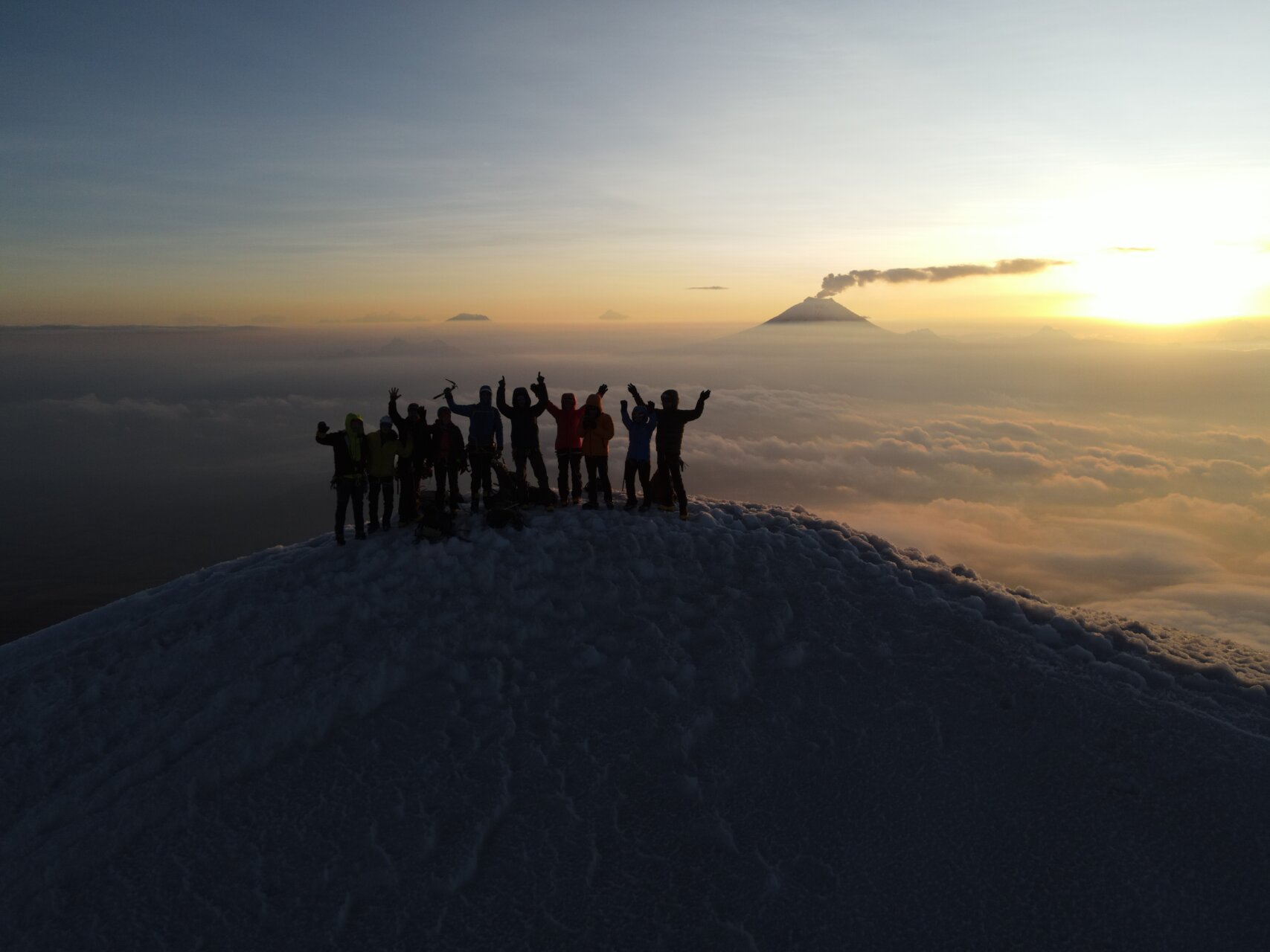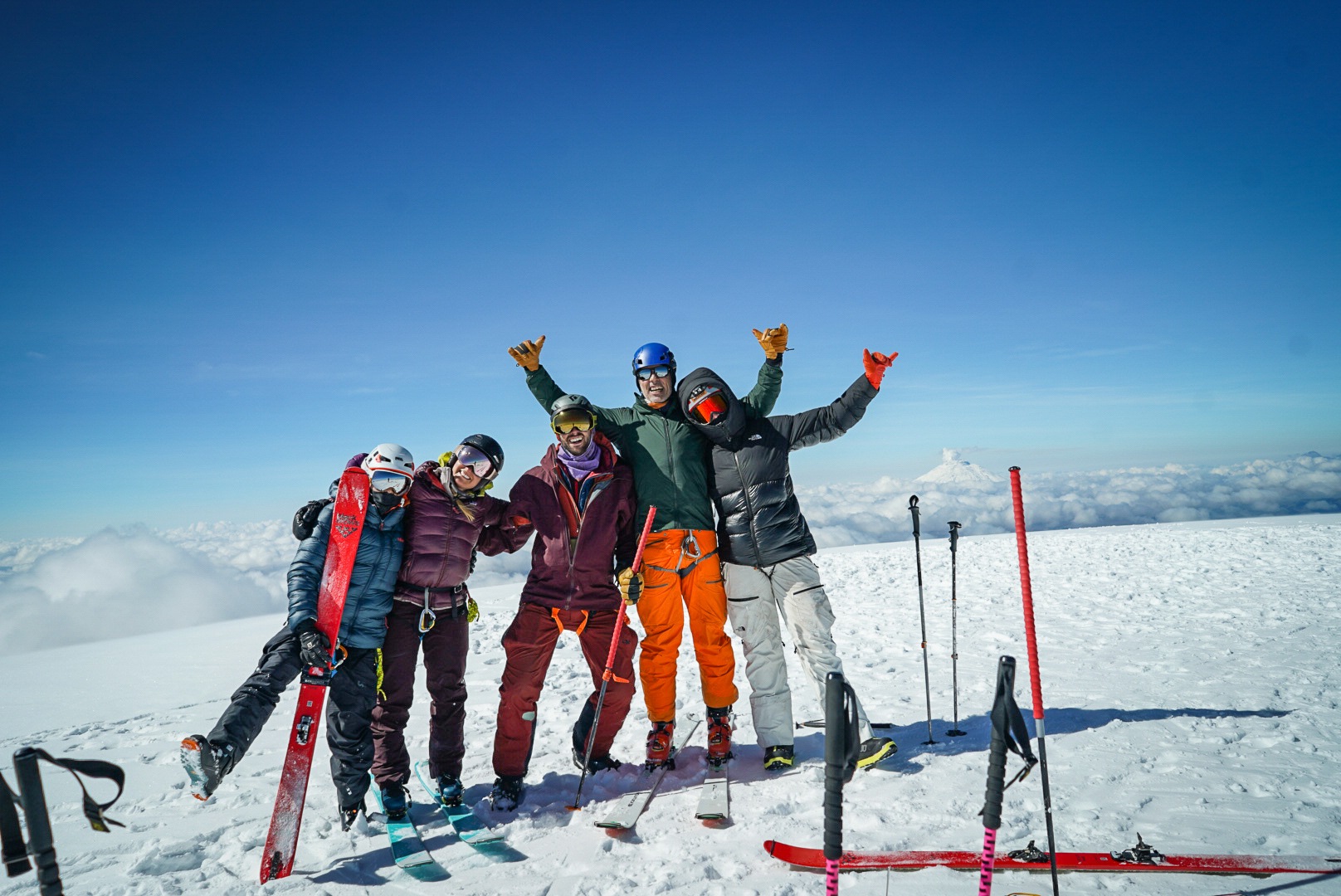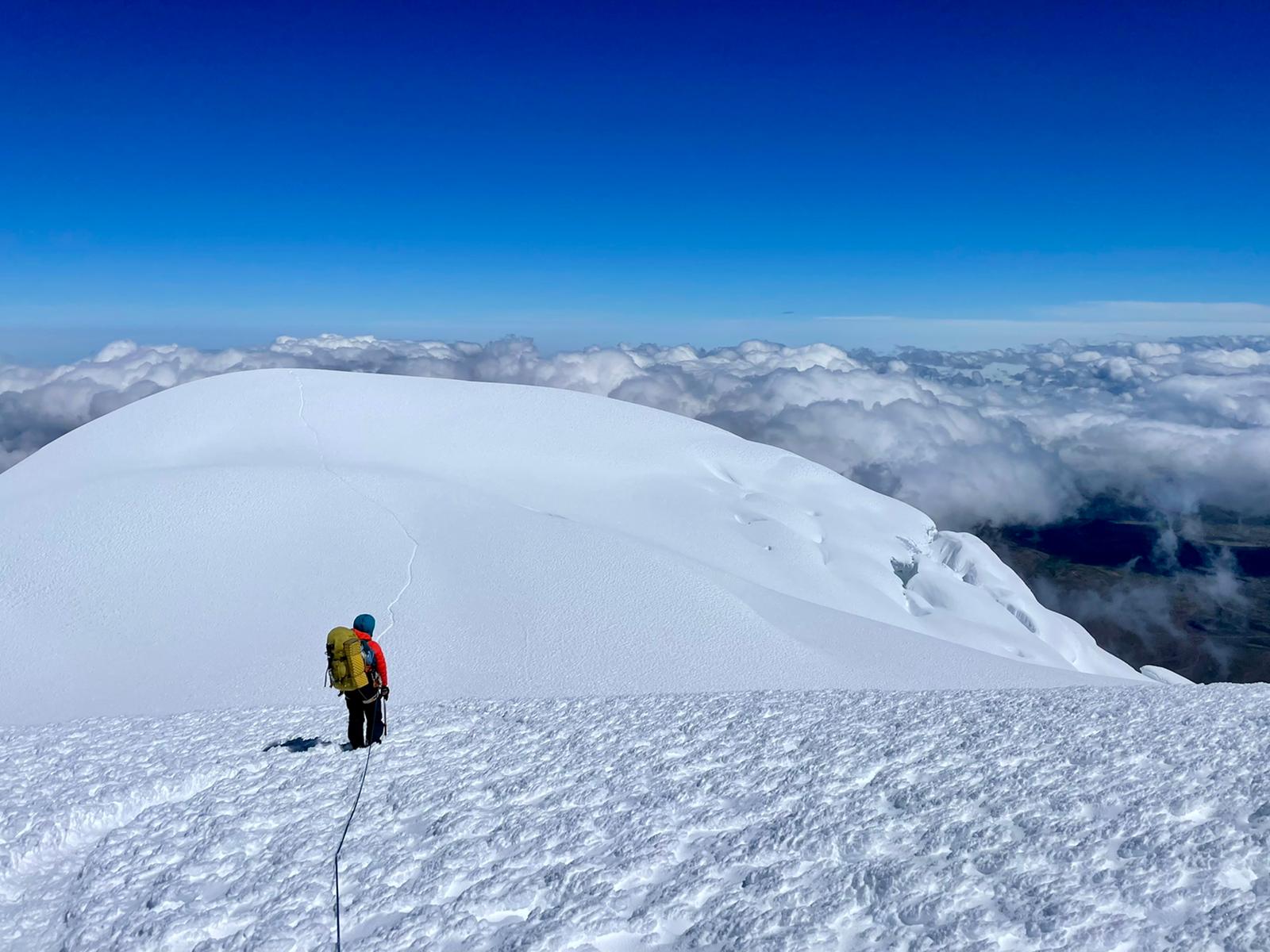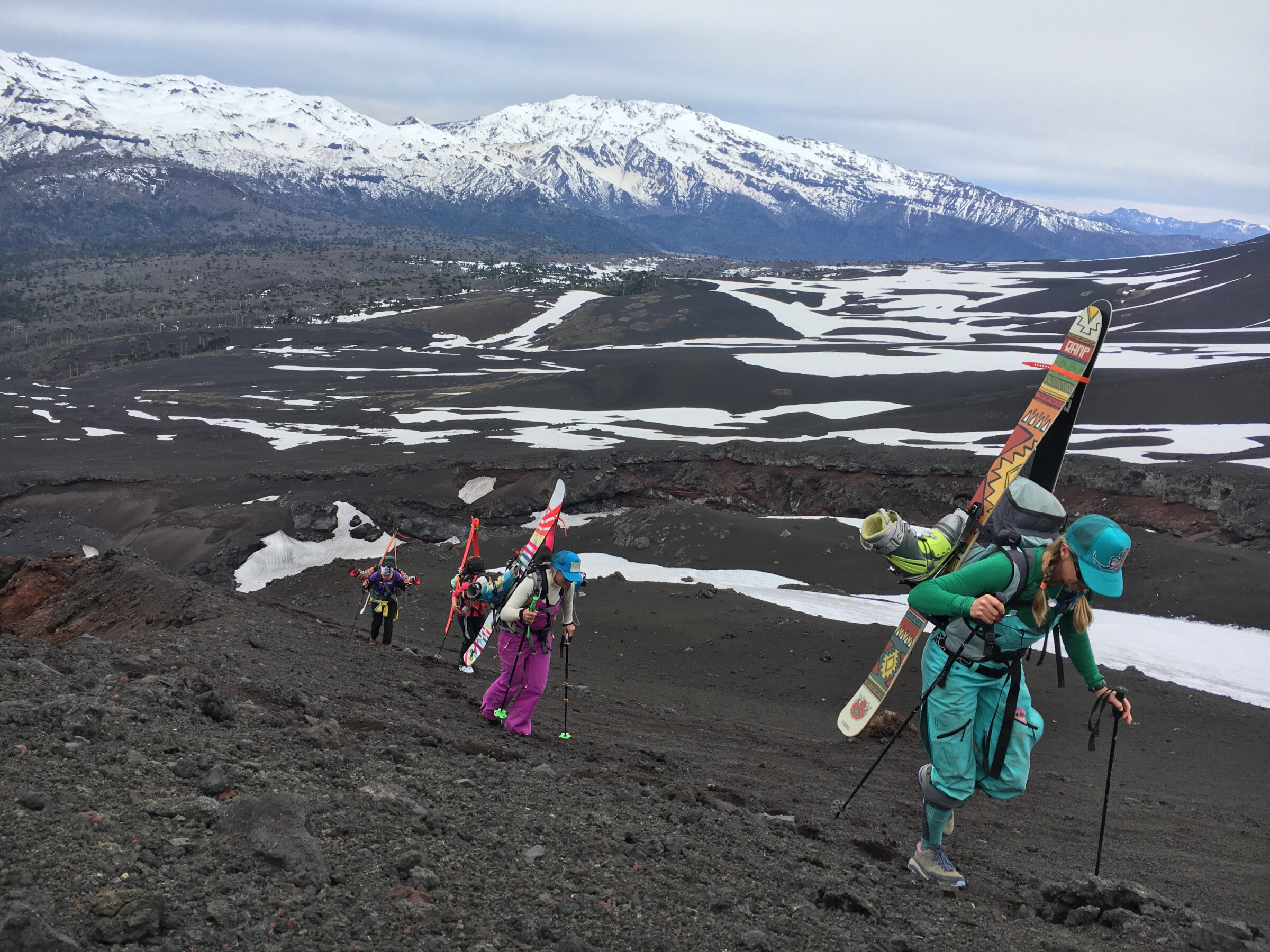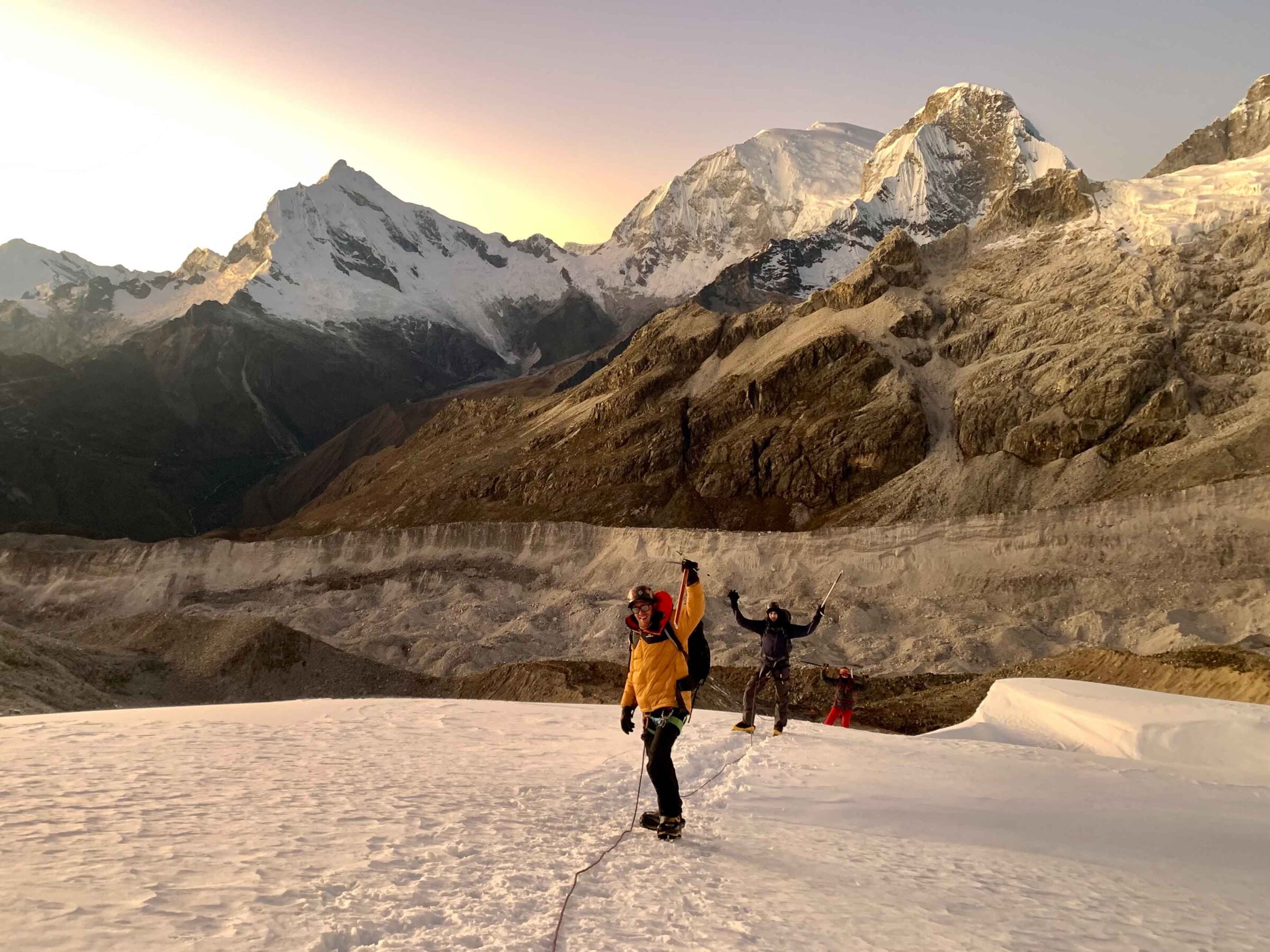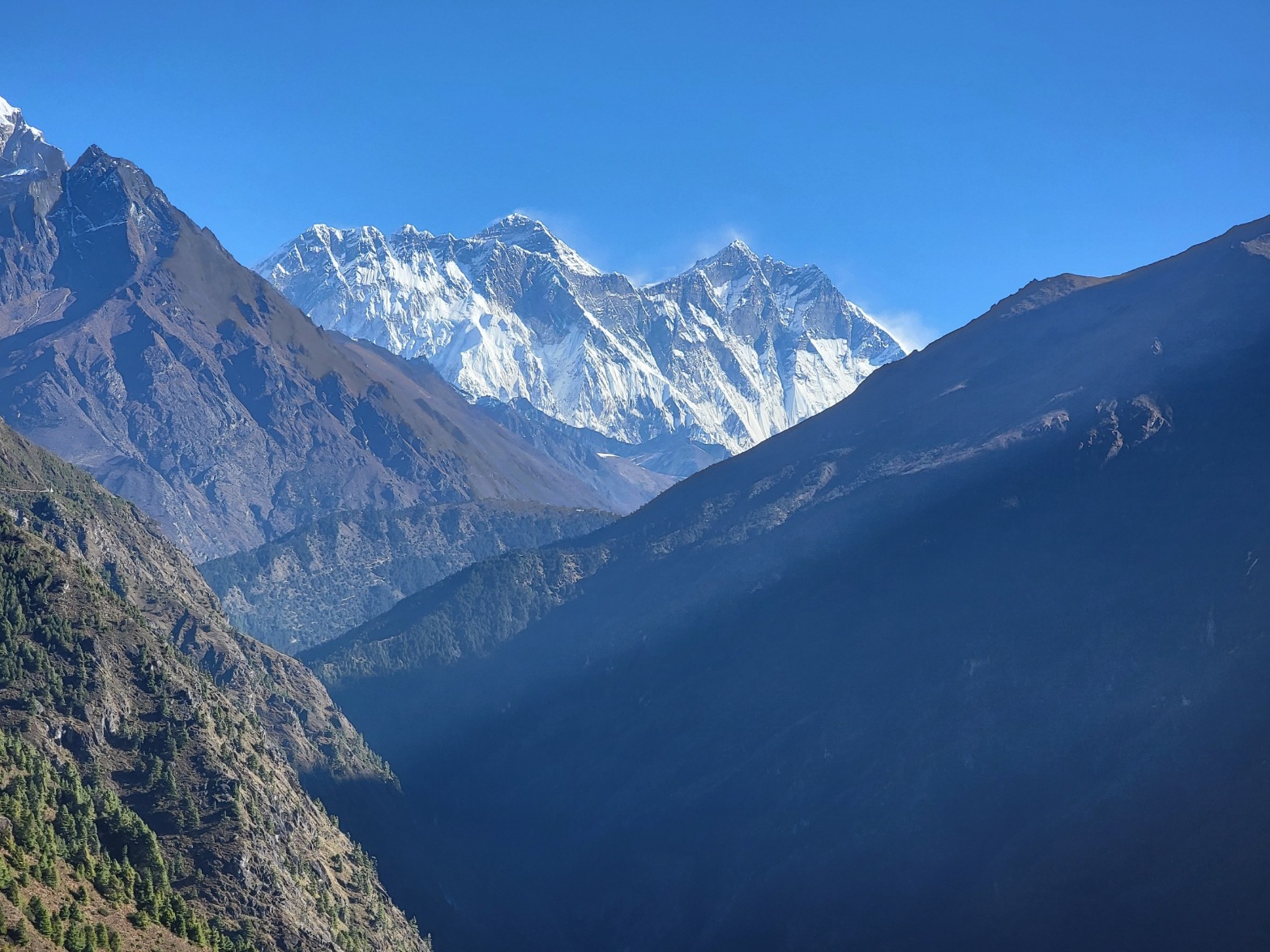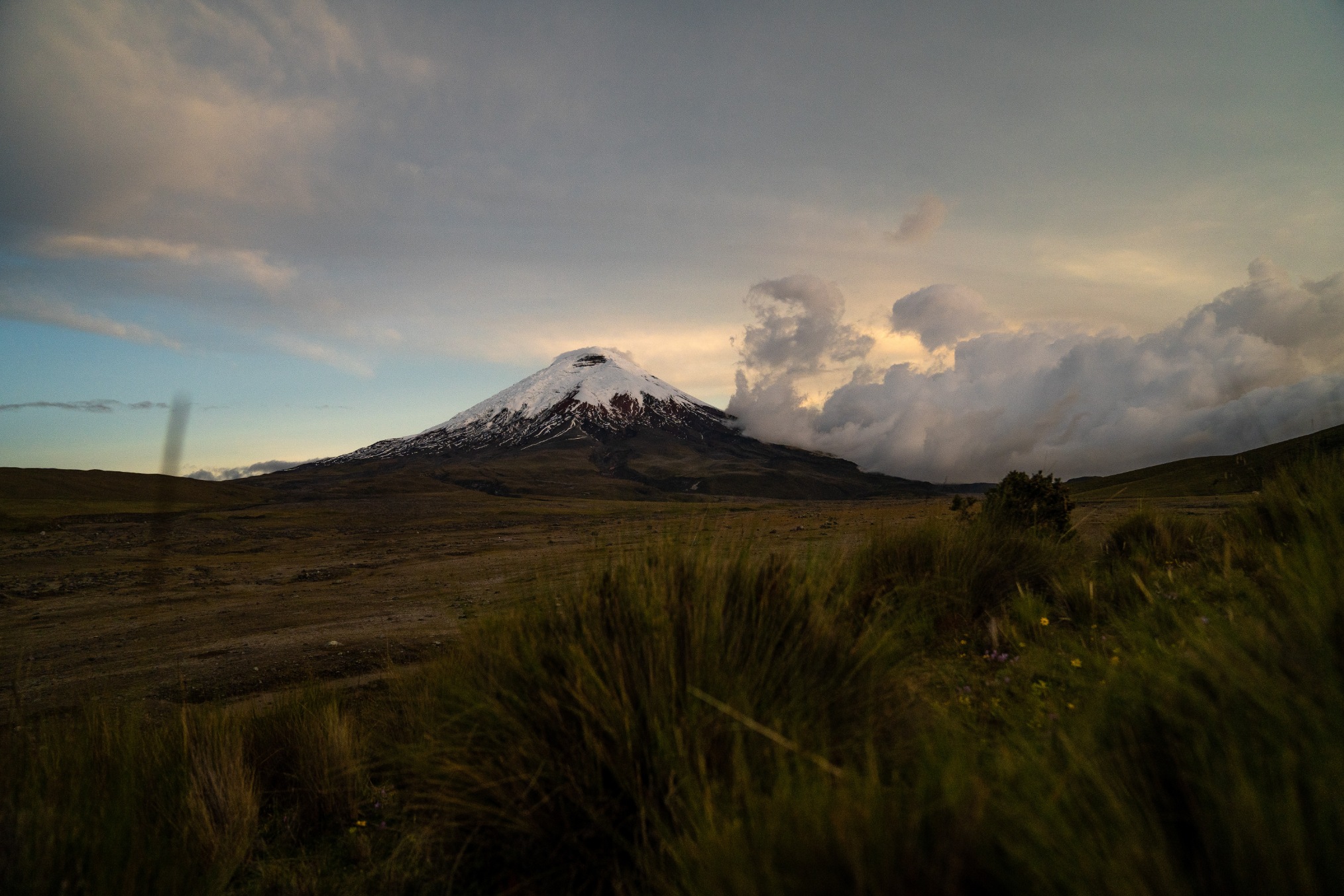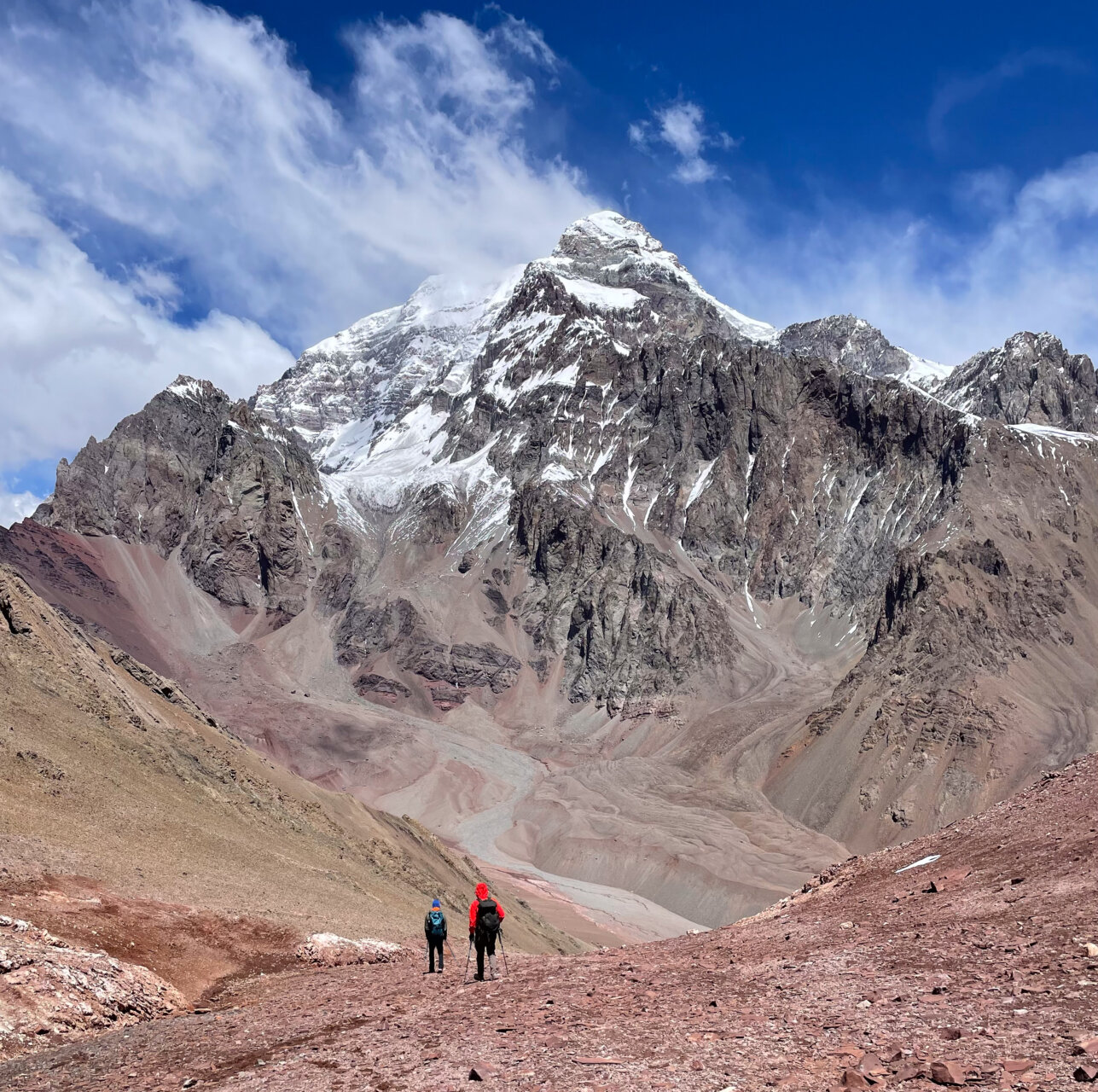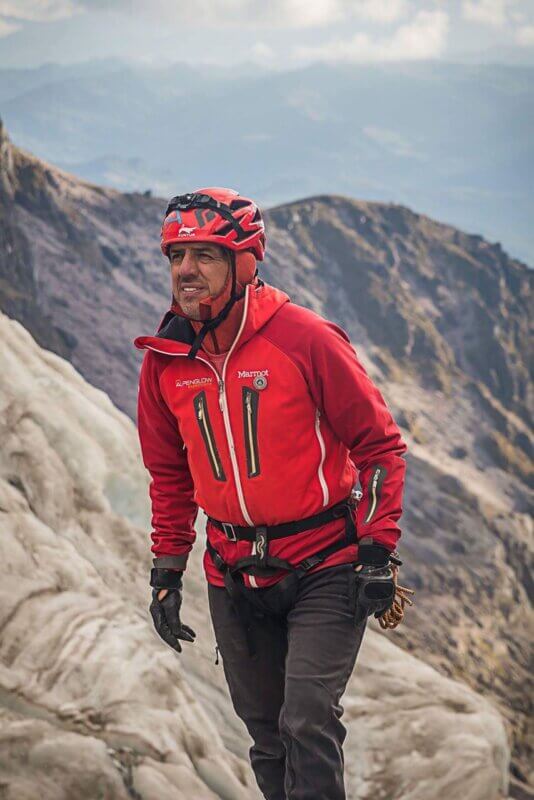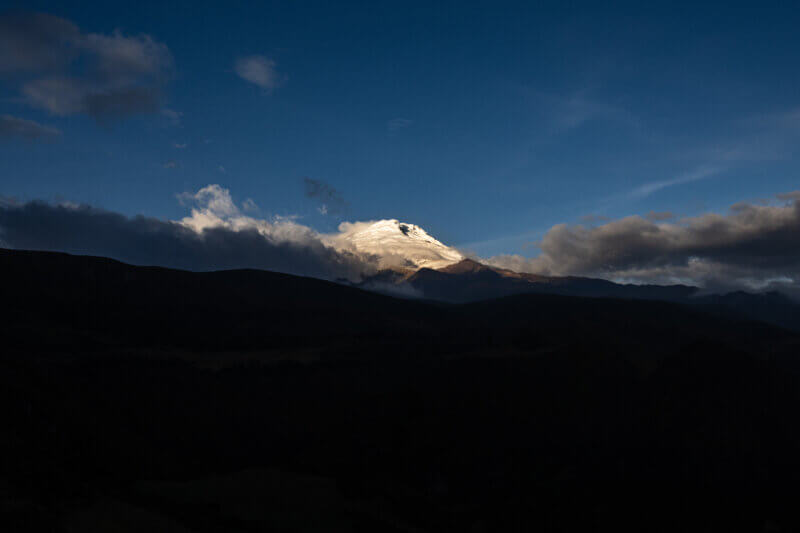A Brief History of Kilimanjaro
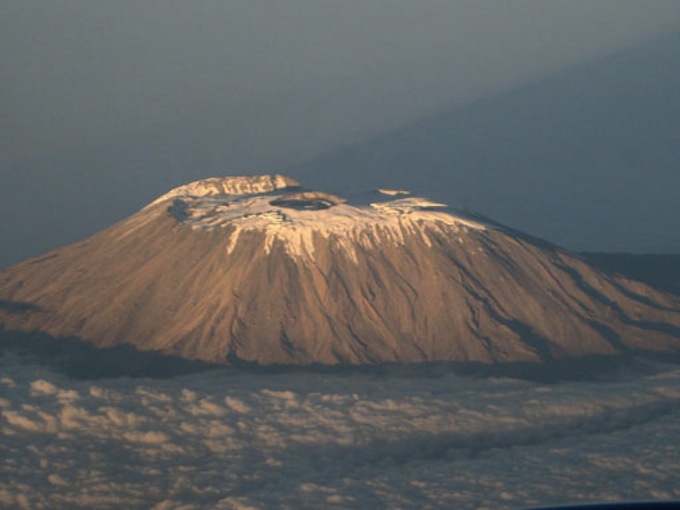
Kilimanjaro, the majestic Roof of Africa and one of the world’s Seven Summits, stands as a sentinel in Tanzania, its snow-capped peak piercing the sky at 19,341’/5,895m above sea level. But beyond its towering presence lies a rich history held by the indigenous peoples who have long called this region home, and the intrepid adventurers who have since scaled its slopes.
For centuries, Kilimanjaro has been held sacred by the Chagga people, who inhabit the fertile slopes surrounding the mountain. Known as “Kilema Kyaro” in the Chagga language, Kilimanjaro is believed to be the dwelling place of Ngai, the Supreme Being, and is revered as a source of life and fertility. The Chagga people have lived in harmony with the mountain for generations, farming its fertile soils that are watered each year by the snowmelt from high on the mountain.
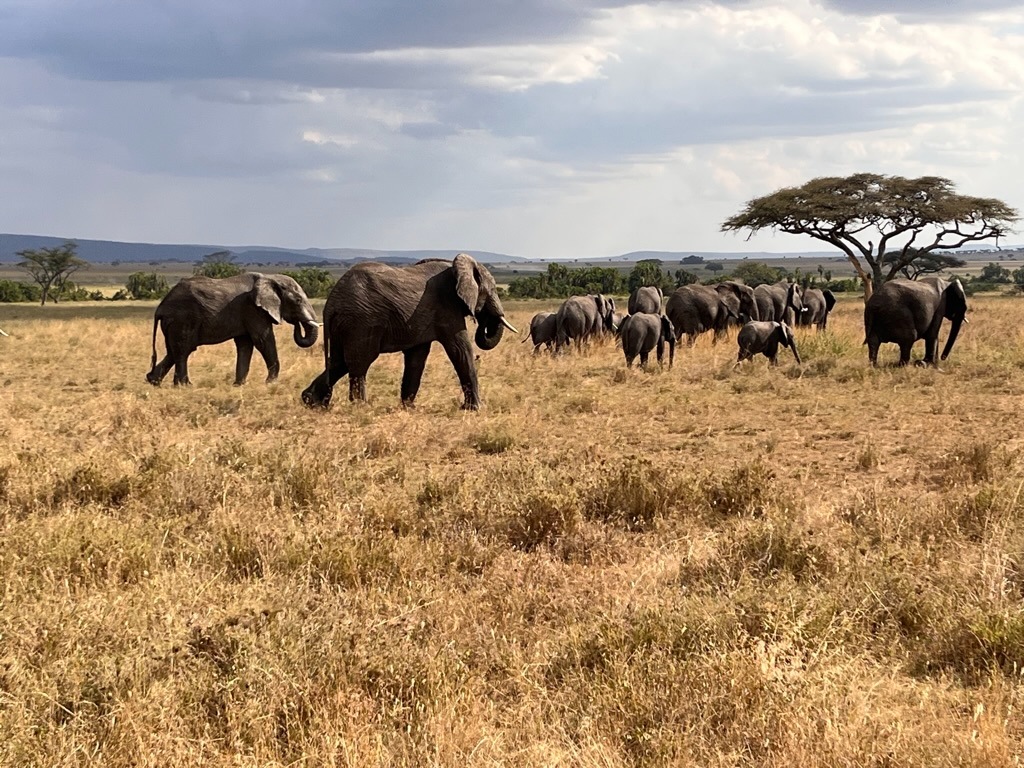
It wasn’t until the late 19th century that Kilimanjaro first captured the attention of European explorers, who were drawn to it as the highest standalone mountain in the world. In 1889, German geographer Hans Meyer and Austrian mountaineer Ludwig Purtscheller became the first recorded climbers to reach the summit of Kilimanjaro. Since then, Kilimanjaro has become a magnet for adventurers and climbers from around the world. The mountain’s accessibility—due to its lack of technical climbing requirements—has made it a popular destination for both seasoned mountaineers and novice trekkers alike.
Today, climbing Kilimanjaro is a bucket-list adventure for many, offering the chance to experience the breathtaking beauty of the African wilderness and test one’s abilities in a truly iconic setting. Alpenglow Expeditions’ Kilimanjaro ascent provides climbers with the support and expertise needed to safely navigate the mountain’s rugged terrain and reach the summit.
But amidst the thrill of modern-day climbing, Kilimanjaro remains a place of profound significance and spiritual reverence. Its ancient glaciers are shrinking at an alarming rate, a stark reminder of the urgent need to protect our planet’s fragile ecosystems. As climbers ascend towards the summit, they are not just embarking on a physical journey—they are bearing witness to the delicate balance between humanity and the natural world, and the need to preserve it for generations to come. In the end, Kilimanjaro’s history is not just a tale of reverence and exploration—it is a testament to the enduring connection between humanity and the natural world.
